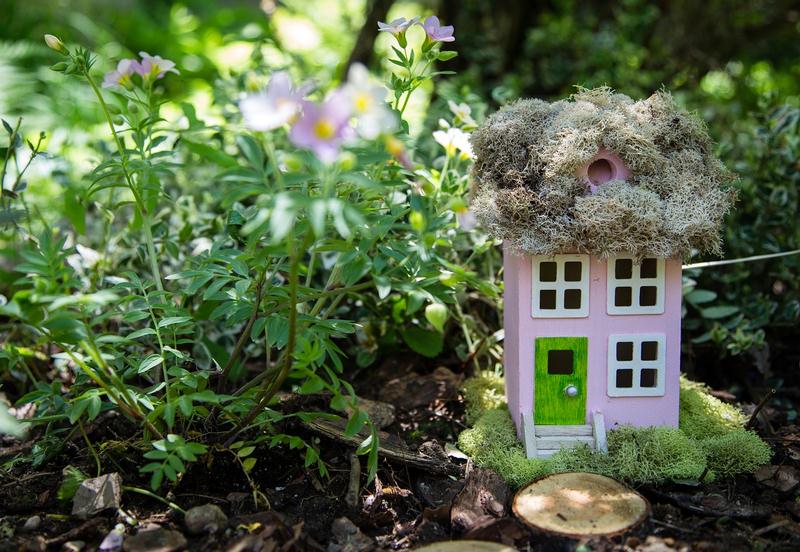Table of Contents Show
Only a good landscape design will give a small garden harmony, function, and value.
After the ground-breaking step of planning for a small garden, next is the sketching of the site. Called site survey by landscape contractors, according to Fine Gardening “A site survey shows you what you have.” In a DIY landscaping project, this is the time to be logical and practical.
Learn About Landscape Design Online or with Landscape Design Software
Brief and to-the-point, courses and software in landscape design for DIY projects focus on preventing mistakes: Correcting a bad design is never included in the budget.
A large garden speaks for itself with large elements. Since it cannot be visually embraced at once, the eyes move around noticing the features that create its appeal.
But, a small garden immediately shows its harmonious character or its lack of it. If it was well-designed, the eyes will pause with every step, scrutinizing and looking for the clues that make its charm.
Creating a Small Urban Garden versus a Country Garden
A sketch shows existing features, perhaps a large tree, a garden shed, or landforms. The location influences the perimeter of a garden. An urban setting might be impacted by buildings, a lack of privacy, and regulations.
Conversely, a country setting might blend with the scenery beyond, and increase its potential. In each case, the sketch must fit the location.
Garden Structures and Going Green Functions
Functions can be planned for changes:
- A sandbox convertible into a pond
- A raised bed suitable for growing culinary herbs
- An arbour fitted as a swing set
Going green can be:
- A small compost bin
- A retractable clothesline
- A rainwater collector
Outdoor Living Requires Adequate Space
Space needs to blend, yet skimping on the size is not an option. In its special publication, Small Space Gardens, Better Homes and Gardens recommends a minimum width of 12 feet for a patio and a minimum height of 10 feet for a pergola. After all, chairs should be pulled back without an unpleasant encounter with a thorny rose bush.
A Fountain Water Feature and More
A fountain requires the proximity of a water outlet for maintenance. The vegetation might need an irrigation system. And, water outlets in adequate locations are practical to hose garden furniture or shower a muddy dog.
Designing with Garden Features
Features are enhancers that must be carefully chosen, or the impact will be lost:
- The garden shines at night with DIY landscape lighting with solar energy and low voltage lights.
- The garden unfolds and appears larger with curved walls or paths that create motion and flow.
- Natural stone or wall systems divide the space to create distinct areas and interesting contrasts.
- Structures, a rose-laden arbour, add dimension and charm by concealing part of the garden.
- Groups of 3-5 decorative pots of a single colour for impact give a focal point.
- A sculpture keeps with the theme to avoid clutter and creates interest or whimsical touch.
- Illusion duplicates a view with a mirror, adds depth with a white wall at the far end, and mystery with plants in a dark corner.
Planting is the Last Step
Selecting the right plants can be the bane of a gardener since nature usually has the last word. Choosing perennials will maintain the backbone of a small garden and require less maintenance.

